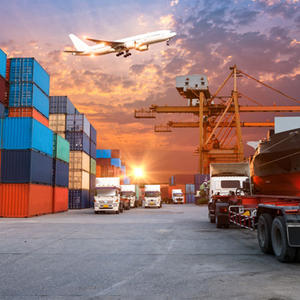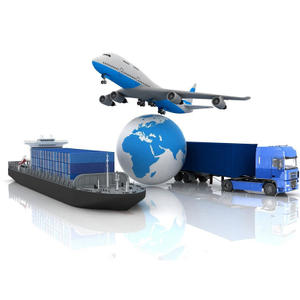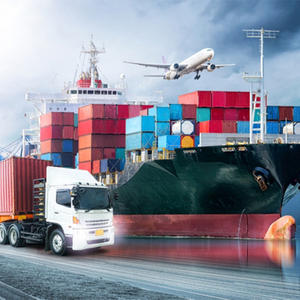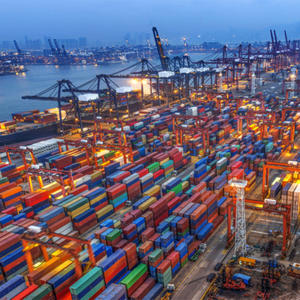
When there is no freight forwarder, the carrier (such as an airline) has to directly face many shippers or consignees. The existence of a freight forwarder can reduce the heavy workload caused by directly facing the cargo owners, thus allowing the carrier to Concentrate on its core business - transportation.Similarly, the existence of freight forwarders, due to their professional knowledge, eliminates the need for cargo owners to deal with each carrier, reducing the workload of cargo owners.The main business of freight forwarders, such as booking space for the cargo owner (consignor or consignee), picking up and delivering goods, tracking and checking the status of the goods, customs declaration, commodity inspection, warehousing, packaging, document processing, distribution, etc., are greatly reduced. The business difficulty of cargo owners has been reduced.A freight forwarder is more like a 'dealer'.Freight forwarders with large and stable supply of goods and certain qualifications can obtain the carrier's agency rights (become Shipping Agents).Freight forwarders with the carrier's agency authority can, on the one hand, apply the carrier's waybill at their workplace, and on the other hand,
READ MORE
Ocean freight rates did not remain the same after the liner companies established their tariffs.On the contrary, sea freight rates are constantly changing. Especially in recent years, with the changes in the world economy, sea freight rates are also volatile and unpredictable, and have even reached a high frequency of price changes per voyage.Therefore, changes in sea freight rates have become a focus that international freight forwarding companies attach great importance to.So what are the factors that affect changes in shipping rates? International shipping rates fluctuate greatly and are affected by many factors such as routes, ship types, nature of cargo, transportation season, and fuel prices.Different routes lead to different transportation distances and times, thus affecting freight rates; ship type and cargo nature determine transportation costs and risks, and also affect freight rates; fluctuations in transportation seasons and fuel prices will affect additional transportation costs, thereby affecting the total transportation cost.In the international shipping market, freight fluctuations may also be affected by factors such as macroeconomic conditions and international trade policies.Shippers are choosing transportation
READ MORE
According to the latest data released by the Shanghai Aviation Exchange, the Shanghai Export Container Freight Index (SCFI) fell 17.22 points last week to 1,013.78 points, falling for two consecutive weeks.This week's decline widened to 1.67% from 1.2% the previous week.Among the major long-distance routes, except for the route from the Far East to the Western United States, which continued to rise, the other three major routes all declined.
READ MORE
Logistics environment refers to the conditions in which goods are placed during the entire flow process, including material and non-material (such as policies and regulations), and material can be divided into artificial system environment and natural system environment.Although the packaging design of goods is inseparable from its own characteristics, it is also closely related to the logistics environment.(1) Operating environment The operating environment refers to the man-made system environment related to material handling and transportation operations.Damage to goods often results from transportation, storage, distribution and the service method chosen.If you use your own service and use your own staff and working tools, the goods can be under your control and the damage rate can be smaller; if you use outsourcing services, the goods may go through many links and be loaded and unloaded multiple times. , the company's role in logistics control is extremely limited, and there are more packaging measures to prevent cargo damage.In the logistics system, the most common causes of cargo damage are: vibration, collision, puncture and extrusion.Vibration is common
READ MORE
Pursuant to section 71(1)(b) of the Canadian Environmental Protection Act (CEPA), the Minister of Environment requires that, under certain circumstances, the production, import or use of 850 species listed in Schedule 1 of the Canadian Environmental Protection Act Chemicals or mixtures, products or articles containing these chemicals must be declared before January 17, 2024.Notification objects include: within the 2022 calendar year, the production, import or use of substances listed in Annex 1, or mixtures, products and articles with a tonnage of more than 100 kilograms or 1000 kilograms with a substance content of ≥0.1%.
READ MORE